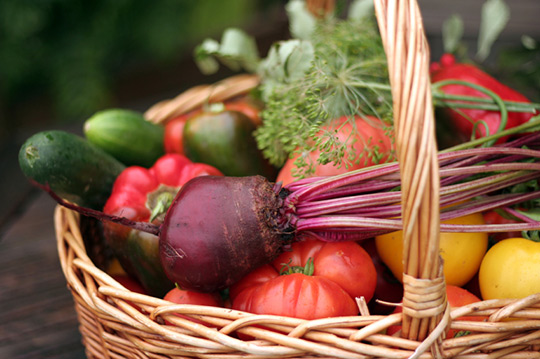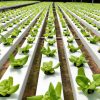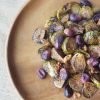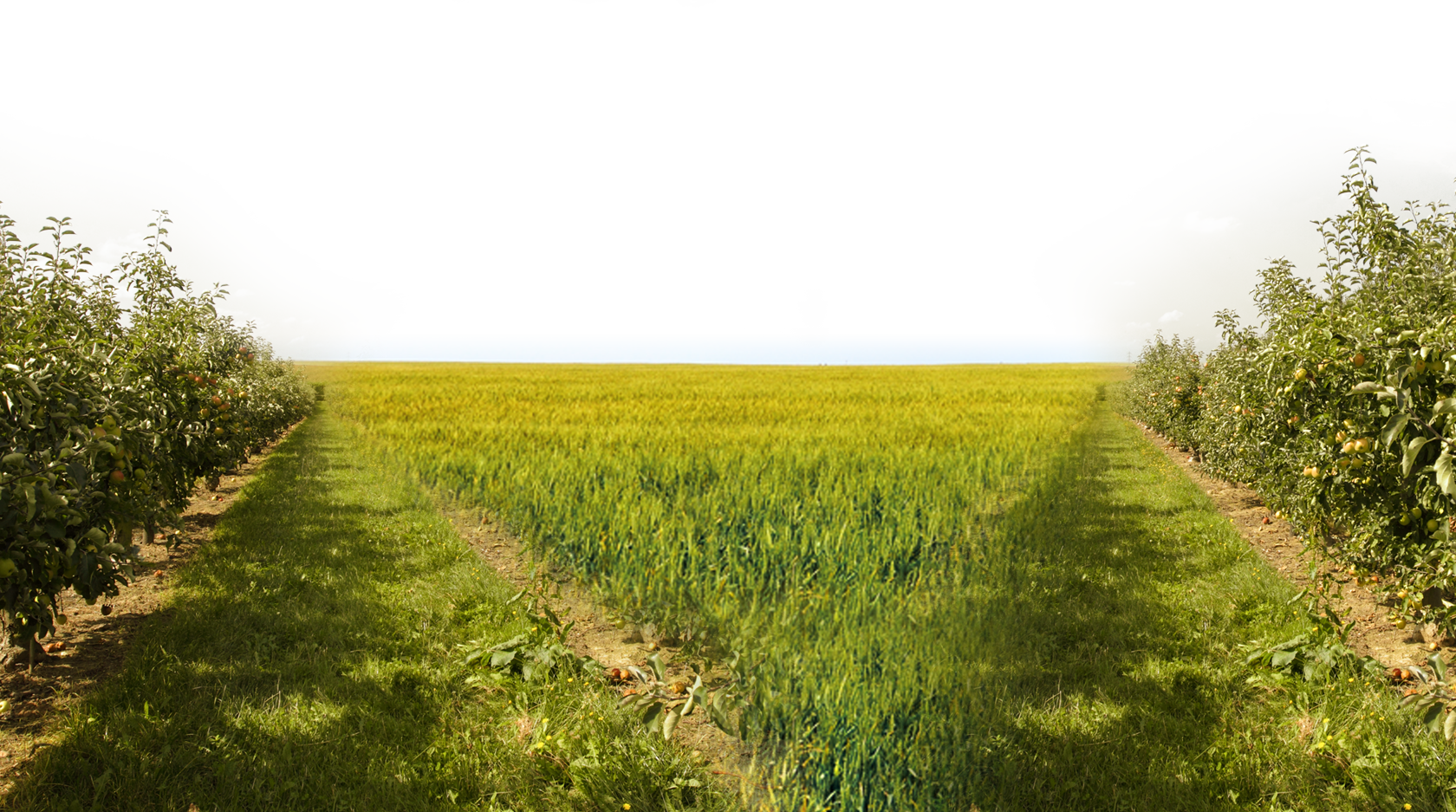
Is This the Healthiest Veggie You’re Missing?
By Linda Bonvie | 0 Comments | Posted 01/25/2016
While beets have been utilized as foodstuff from the days of ancient agriculture—and remain a mainstay in countless cultures—the vegetable’s deeper nutritional benefits have rarely been hyped … until recently.
A slew of studies in the last few years are reporting superfood qualities of the beetroot, the purple part of the plant that grows below ground. Even the green foliage of the beet is something that Dave Lieberman, nutrition writer at Oprah.com, dubs a secret superfood.
“We call beets ‘nature’s multivitamin’ because they boast an incredible range of vitamins, minerals and antioxidants that can ward off all kinds of sickness and disease, from the common cold to cancer,” writes Lieberman.
Mankind’s association with beet plants began above ground. Research indicates that primitive societies first tapped into the beet plant’s greens (tops), often harvested in spring and early summer, when the leaves were tender. And they were onto something good. Beet greens are also highly nutritious; commonly eaten either raw, lightly blanched, or in soups.
It was the Roman culture that got to the roots of beets. Soldiers felt the deep purple/red root offered a fast energy boost. The energy angle is still being hyped, via modern recipes for beetroot juice “energy drinks.”
Heart and cardiovascular benefits are also being attributed to the beetroot.
“Naturopathic medicine is showing wonderful benefits (of beetroot juice) to help protect the heart. A new Canadian study suggests that the naturopathic approach will decrease cardiovascular risk and lower the incidence of metabolic syndrome, a condition which includes high blood sugar, high blood pressure and high cholesterol,” according to www.doctoroz.com.
While pickled beets and borscht (a soup made from beets) are the most commonly known beet dishes, the popularity of fresh raw beets has dramatically increased, spurred on by nutritional findings.
Raw beets are easy to prepare, though it is best to ready them wearing latex glove. Beetroot juice has long been used as a powerful clothing dye. It quickly stains skin.
Beet / Beetroot Cooking Tips from home cooking expert Peggy Trowbridge Filippone:
- Be gentle when washing beets. You want the thin skin to remain intact for cooking.
- Although beets can be eaten raw, they are generally boiled, baked, steamed, fried, grilled or otherwise cooked before eating.
- Choose beets of uniform size to promote even cooking.
- To retain nutrients and color, boil, bake or steam without peeling first. The skin will easily rub off under cold running water after they are cooked.
- When trimming, leave at least an inch of the leaf stems attached and do not remove the root. The stem and root are removed after cooking.


 Contact us
Contact us



























